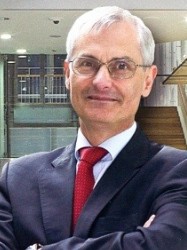BibTex format
@article{Keeney:2020:10.1002/aelm.201901264,
author = {Keeney, L and Smith, RJ and Palizdar, M and Schmidt, M and Bell, AJ and Coleman, JN and Whatmore, RW},
doi = {10.1002/aelm.201901264},
journal = {Advanced Electronic Materials},
pages = {1--12},
title = {Ferroelectric behavior in exfoliated 2D aurivillius oxide flakes of sub-unit cell thickness},
url = {http://dx.doi.org/10.1002/aelm.201901264},
volume = {6},
year = {2020}
}

